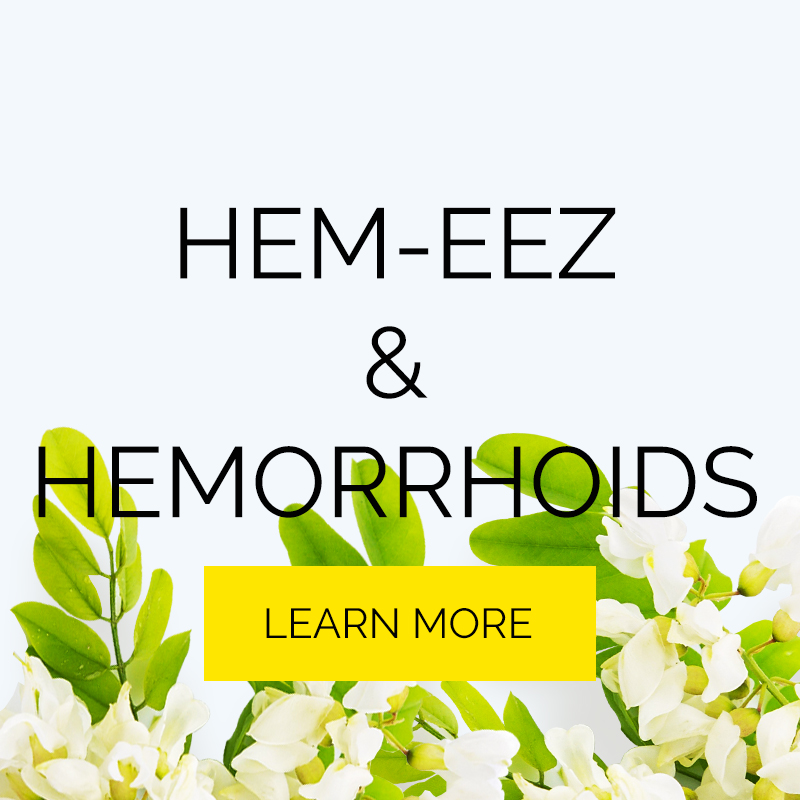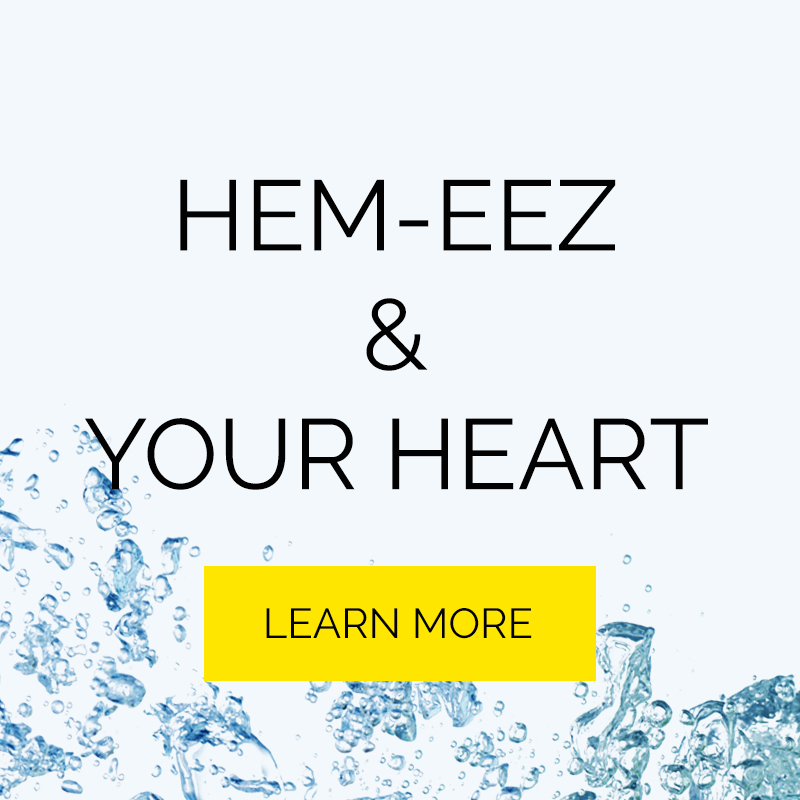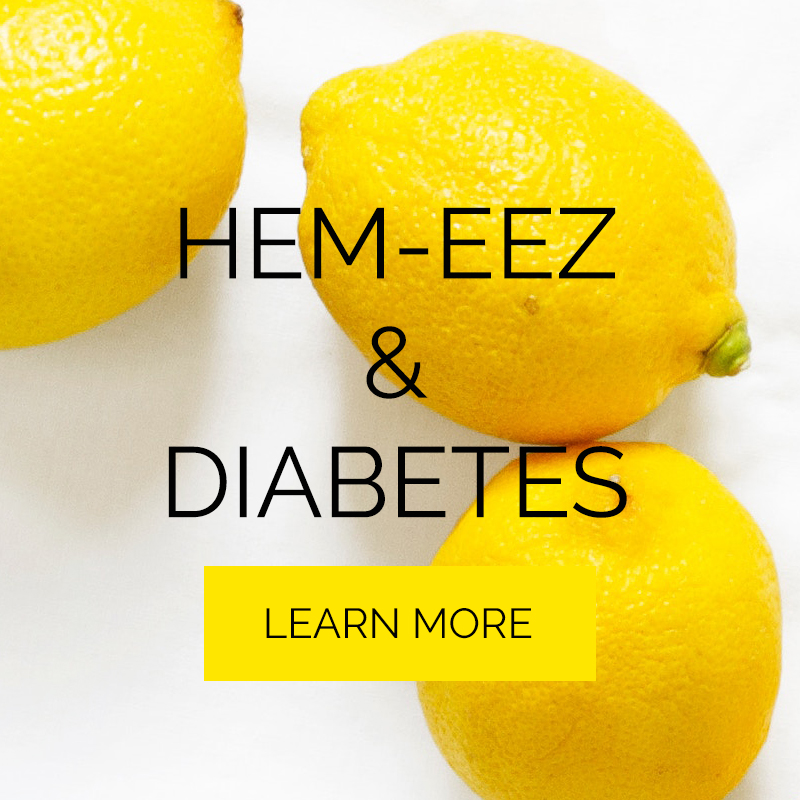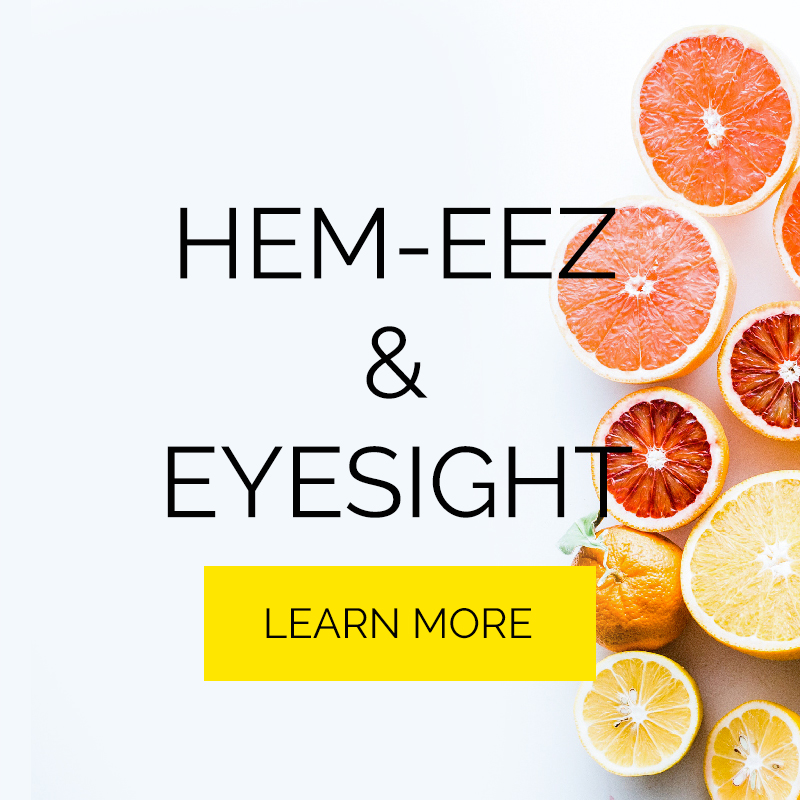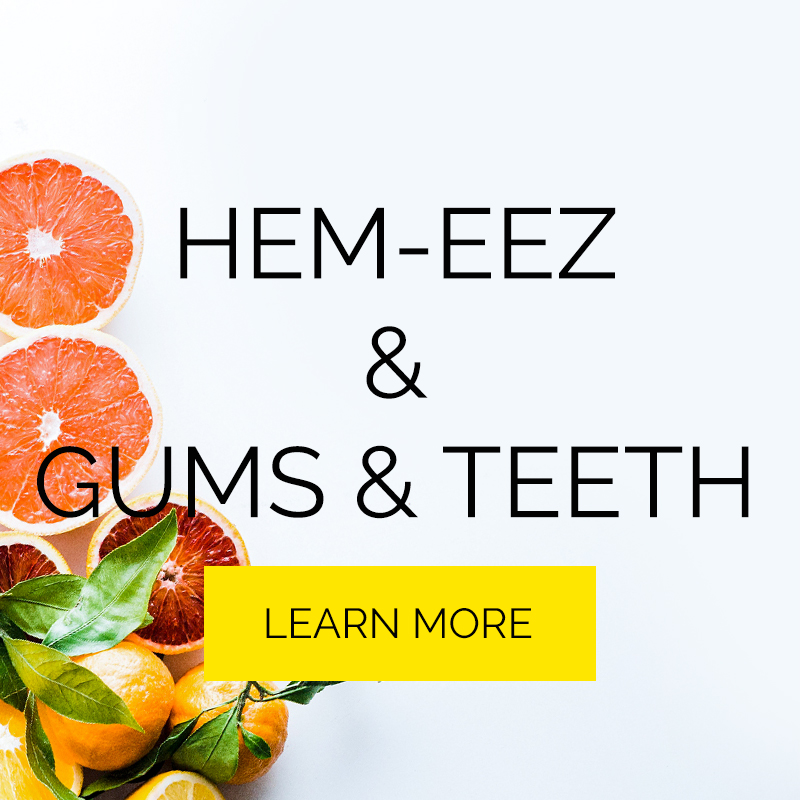HEM-EEZ AND varicose veins
What are varicose veins and spider veins?
Hem-eez has been shown to increase vein elasticity and strength, reducing pressure on vessel walls, which can cause varicose veins. Varicose veins are enlarged veins that can be flesh colored, dark purple or blue. They often look like cords and appear twisted and bulging. They are swollen and raised above the surface of the skin. Varicose veins are commonly found on the backs of the calves or on the inside of the leg.
During pregnancy, varicose veins called hemorrhoids can form in the vagina or around the anus.
Spider veins are similar to varicose veins, but they are smaller. They are often red or blue and are closer to the surface of the skin than varicose veins. They can look like tree branches or spider webs with their short jagged lines. Spider veins can be found on the legs and face. They can cover either a very small or very large area of skin.
What causes varicose veins and spider veins?
The heart pumps blood filled with oxygen and nutrients to the whole body. Arteries carry blood from the heart towards other body parts. Veins carry oxygen-poor blood and nutrient deficient blood from the body back to the heart.
The squeezing of leg muscles pumps blood back to the heart from the lower body. Veins have valves that act as one-way flaps. These valves prevent the blood from flowing backwards as it moves up the legs. If the one-way valves and vessels become weak, blood can leak back into the vein and collect.
This problem is called venous insufficiency. Pooled blood enlarges the vein and it becomes varicose. Spider veins can also be caused by the backup of blood. Hormone changes, inherited factors, and exposure to the sun can also cause spider veins.
How common are abnormal leg veins?
About 50 to 55% of American women and 40 to 45% of American men suffer from some form of vein problem. Varicose veins affect 1 out of 2 people age 50 and older.
Who usually has varicose veins and spider veins?
Many factors increase a person's chances of developing varicose or spider veins. These include:
Increasing Age
Having family members with vein problems or being born with weak vein valves
Hormonal changes. These occur during puberty, pregnancy, and menopause. Taking birth control pills and other medicines containing estrogen and progesterone also increase the risk of varicose or spider veins
Pregnancy. During pregnancy there is a huge increase in the amount of blood in the body. This can cause veins to enlarge. The expanding uterus also puts pressure on the veins. Varicose veins usually improve within 3 months after delivery. A growing number of abnormal veins usually appear with each additional pregnancy
Obesity, leg injury, prolonged standing and other things that weaken vein valves
Sun exposure, which can cause spider veins on the cheeks or nose of a fair-skinned person
Why do varicose veins and spider veins usually appear in the legs?
The force of gravity, the pressure of body weight, and the task of carrying blood from the bottom of the body up to the heart make legs the primary location for varicose and spider veins. Compared with other veins in the body, leg veins have the toughest job of carrying blood back to the heart. They endure the most pressure. This pressure can be stronger than the veins' one-way valves.
Are varicose veins and spider veins painful or dangerous?
Spider veins usually do not need medical treatment. But varicose veins usually enlarge and worsen over time. Severe varicose veins can cause health problems. These include:
Severe venous insufficiency. This severe pooling of blood in the veins slows the return of blood to the heart. This condition can cause blood clots and severe infections. Blood clots can be very dangerous because they can move from leg veins and travel to the lungs. Blood clots in the lungs are life-threatening because they can block the heart and lungs from functioning.
Sores or skin ulcers can occur on skin tissue around varicose veins.
Ongoing irritation, swelling and painful rashes of the legs.
What are the signs of varicose veins?
Some common symptoms of varicose veins include:
Aching pain
Easily tired legs
Leg heaviness
Swelling in the legs
Darkening of the skin (in severe cases)
Numbness in the legs
Itching or irritated rash in the legs
How can I prevent varicose veins and spider veins?
Not all varicose and spider veins can be prevented. But some things can reduce your chances of getting new varicose and spider veins. These same things can help ease discomfort from the ones you already have:
Use Hem-eez to protect and strengthen veins and vessels
Wear Sunscreen to protect your skin from the sun and to limit spider veins on the face.
Exercise regularly to improve your leg strength, circulation, and vein strength. Focus on exercises that work your legs, such as walking or running.
Control your weight to avoid placing too much pressure on your legs.
Do not cross your legs when sitting.
Elevate your legs when resting as much as possible.
Do not stand or sit for long periods of time. If you must stand for a long time, shift your weight from one leg to the other every few minutes. If you must sit for long periods of time, stand up and move around or take a short walk every 30 minutes.
Wear elastic support stockings and avoid tight clothing that constricts your waist, groin, or legs.
Eat a low-salt diet rich in high-fiber foods. Eating fiber reduces the chances of constipation which can contribute to varicose veins. High fiber foods include fresh fruits and vegetables and whole grains, like bran. Eating too much salt can cause you to retain water or swell


